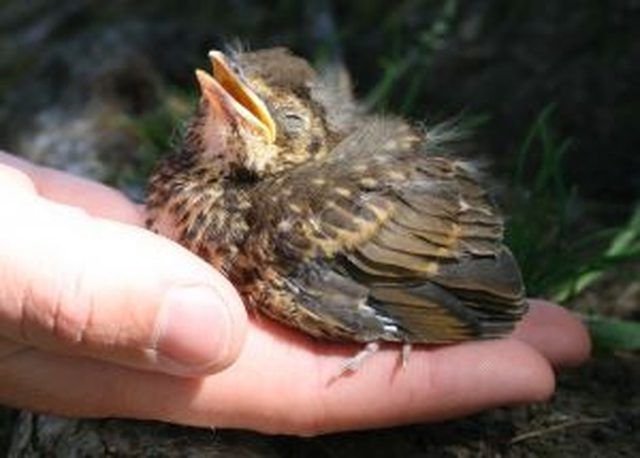Bulbs
Flower Basics
Flower Beds & Specialty Gardens
Flower Garden
Garden Furniture
Garden Gnomes
Garden Seeds
Garden Sheds
Garden Statues
Garden Tools & Supplies
Gardening Basics
Green & Organic
Groundcovers & Vines
Growing Annuals
Growing Basil
Growing Beans
Growing Berries
Growing Blueberries
Growing Cactus
Growing Corn
Growing Cotton
Growing Edibles
Growing Flowers
Growing Garlic
Growing Grapes
Growing Grass
Growing Herbs
Growing Jasmine
Growing Mint
Growing Mushrooms
Orchids
Growing Peanuts
Growing Perennials
Growing Plants
Growing Rosemary
Growing Roses
Growing Strawberries
Growing Sunflowers
Growing Thyme
Growing Tomatoes
Growing Tulips
Growing Vegetables
Herb Basics
Herb Garden
Indoor Growing
Landscaping Basics
Landscaping Patios
Landscaping Plants
Landscaping Shrubs
Landscaping Trees
Landscaping Walks & Pathways
Lawn Basics
Lawn Maintenance
Lawn Mowers
Lawn Ornaments
Lawn Planting
Lawn Tools
Outdoor Growing
Overall Landscape Planning
Pests, Weeds & Problems
Plant Basics
Rock Garden
Rose Garden
Shrubs
Soil
Specialty Gardens
Trees
Vegetable Garden
Yard Maintenance
How to Take Care for Baby Birds
How to Take Care for Baby Birds. Finding an abandoned baby bird in your yard can be a sad rite of spring. Here's how to provide the best care possible to help ensure its safety and survival.

Finding an abandoned baby bird in your yard can be a sad rite of spring. Here's how to provide the best care possible to help ensure its safety and survival.
Things You'll Need
Ladder or stepladder
Leather gloves
Shoe box
Old rags
Take a good look at the baby bird. Does it have feathers? Can it fly? If it can fly, even just a little bit, leave it alone. The baby bird's parents will continue to take care of it after it has fledged from the nest and will also help protect it from predators. Stay out of the yard and keep your pets inside, too. If after a few hours the baby bird is still in the yard and is not being attended to by adults, or if the baby bird is flightless, proceed to Step 2.
Try to locate the nest from which the baby bird came. Depending on the species, it maybe located high in a tree, nestled in a dense shrub or tucked inside a garage or under the eaves of a house. If you can reach the nest, gently pick the baby up and deposit it back in the nest. It is a myth that birds will reject a baby after it has been touched by humans. You'll probably want to wear leather gloves to protect yourself from possible bites and from any diseases the bird might be carrying. Wash your hands very well afterward.
Contact a wildlife rehabilitator immediately. If there are no wildlife rehabbers listed in the phone book, try contacting veterinarians, animals shelters or zoos—they should be able to point you in the right direction.
Discuss your situation with the wildlife rehabber and follow their instructions to the letter. They will probably ask you pack up the baby bird in a small box (such as a shoebox) filled with soft rags and with holes cut in the box for ventilation and bring it in to them. Be sure to tell them everything you know about the bird: where you found it, how long it's been in the yard, what kind of bird it is (if you can identify it or the parents) and if the parents are nearby.
Tips & Warnings
Do not attempt to raise the abandoned baby bird yourself. Only a trained professional will be able to provide the proper nutrition and socialization to ensure that the bird survives and can be released back into the wild where it belongs. Also, in the United States, nearly all wild birds are protected under the Migratory Bird Act, which, among other things, makes it illegal to keep wild birds are pets.